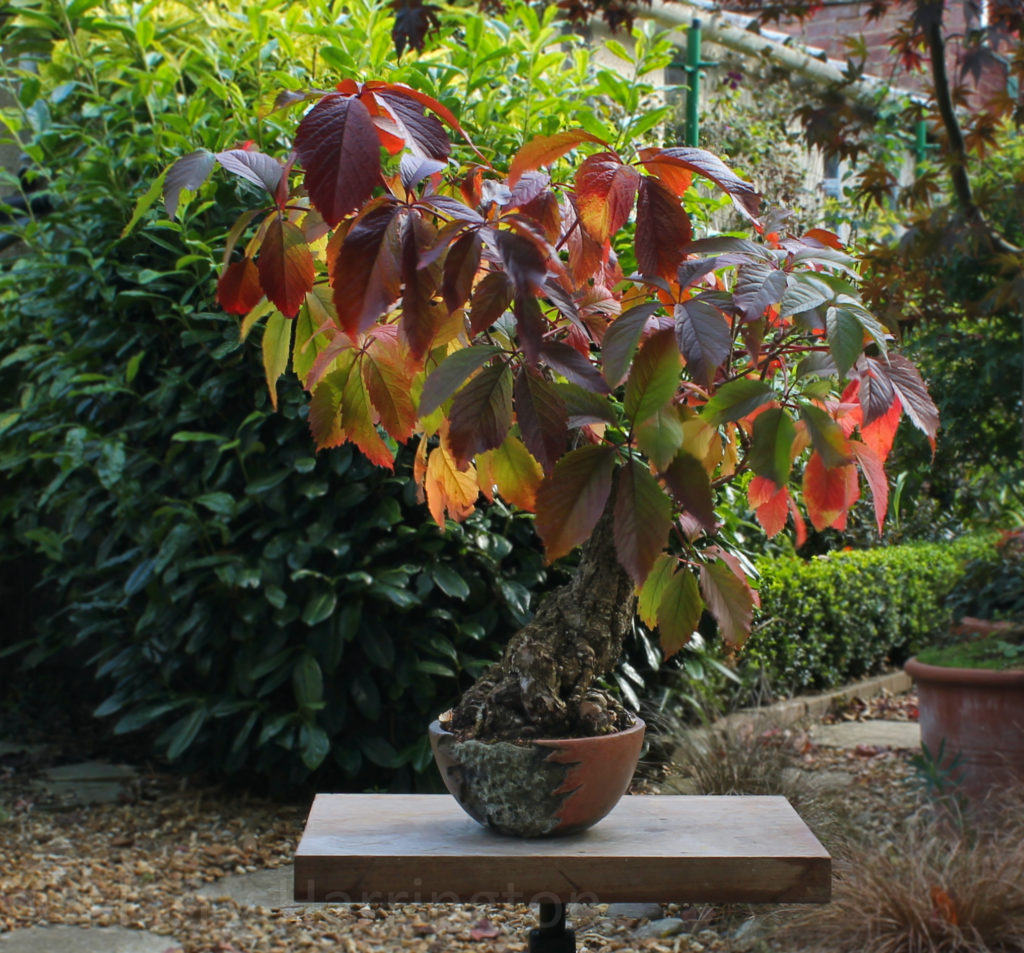Bonsai trees are miniature trees grown in pots. The Boston Ivy Bonsai Tree is a unique choice for bonsai lovers. This tree is a beautiful addition to any garden or home. In this article, we will explore everything about the Boston Ivy Bonsai Tree. We will cover how to grow, shape, and care for this special tree.
What is a Boston Ivy Bonsai Tree?
The Boston Ivy Bonsai Tree is a small version of the Boston Ivy plant. The Boston Ivy, also known as Parthenocissus tricuspidata, is a climbing vine. It is native to East Asia but is popular worldwide. The bonsai version is a small and manageable form of this vine. It is perfect for bonsai enthusiasts who want something different.
Why Choose a Boston Ivy Bonsai Tree?
Boston Ivy Bonsai Trees are unique and beautiful. They have stunning, three-lobed leaves. These leaves turn bright red in the fall. This bonsai tree is also easy to care for. It is a great choice for beginners and experts alike. Here are some reasons to choose a Boston Ivy Bonsai Tree:
- Unique Appearance: The leaves are beautiful and change color with the seasons.
- Easy to Care For: This bonsai tree does not require much maintenance.
- Versatile: It can be grown indoors or outdoors.

Credit: bonsai4me.com
How to Grow a Boston Ivy Bonsai Tree
Growing a Boston Ivy Bonsai Tree is simple. Follow these steps to get started:
1. Choose The Right Pot
Select a pot with good drainage. The pot should be shallow and wide. This allows the roots to spread out.
2. Prepare The Soil
Use bonsai soil or make your own mix. The soil should be well-draining. A mix of akadama, pumice, and lava rock works well.
3. Plant The Tree
Place the tree in the pot. Spread the roots out evenly. Cover the roots with soil. Press the soil down gently.
4. Water The Tree
Water the tree thoroughly. The soil should be moist but not soggy. Water it when the top inch of soil is dry.
5. Provide Proper Light
Place the tree in a bright spot. It needs indirect sunlight. Too much direct sunlight can harm the leaves.
6. Prune And Shape The Tree
Prune the tree regularly. This helps maintain its shape. Use bonsai tools for precise cuts. You can also use wire to shape the branches.
Caring for Your Boston Ivy Bonsai Tree
Proper care is essential for a healthy Boston Ivy Bonsai Tree. Here are some tips to keep your tree thriving:
Watering
Water the tree when the top inch of soil is dry. Do not let the soil dry out completely. Overwatering can cause root rot. Ensure the pot has good drainage.
Fertilizing
Fertilize the tree every two weeks during the growing season. Use a balanced liquid fertilizer. Reduce fertilizing in the winter.
Pruning
Prune the tree regularly to maintain its shape. Remove dead or damaged leaves and branches. Pruning encourages new growth.
Repotting
Repot the tree every two to three years. This prevents the roots from becoming pot-bound. Use fresh bonsai soil when repotting.
Pest Control
Check the tree for pests regularly. Common pests include aphids and spider mites. Use insecticidal soap to treat infestations.
Winter Care
Protect the tree from frost. Move it indoors if necessary. Reduce watering during the winter months.
Common Problems and Solutions
Even with proper care, you may encounter problems. Here are some common issues and how to solve them:
Yellow Leaves
Yellow leaves can be a sign of overwatering. Check the soil moisture. Ensure the pot has good drainage. Reduce watering if necessary.
Leaf Drop
Leaf drop can be caused by stress. This can be due to changes in light or temperature. Ensure the tree is in a stable environment.
Pests
Pests can damage the tree. Check for signs of pests regularly. Use insecticidal soap to treat infestations.
Conclusion
The Boston Ivy Bonsai Tree is a beautiful and unique bonsai. It is easy to grow and care for. With the right care, it will thrive and bring joy to your home. Follow the tips in this guide to grow a healthy Boston Ivy Bonsai Tree.

Credit: www.reddit.com
Frequently Asked Questions (FAQ)
| Question | Answer |
|---|---|
| Can I grow a Boston Ivy Bonsai Tree indoors? | Yes, it can be grown indoors with proper light. |
| How often should I water my Boston Ivy Bonsai Tree? | Water it when the top inch of soil is dry. |
| What kind of soil should I use? | Use well-draining bonsai soil. |
| How do I shape my Boston Ivy Bonsai Tree? | Use pruning and wiring techniques to shape it. |
